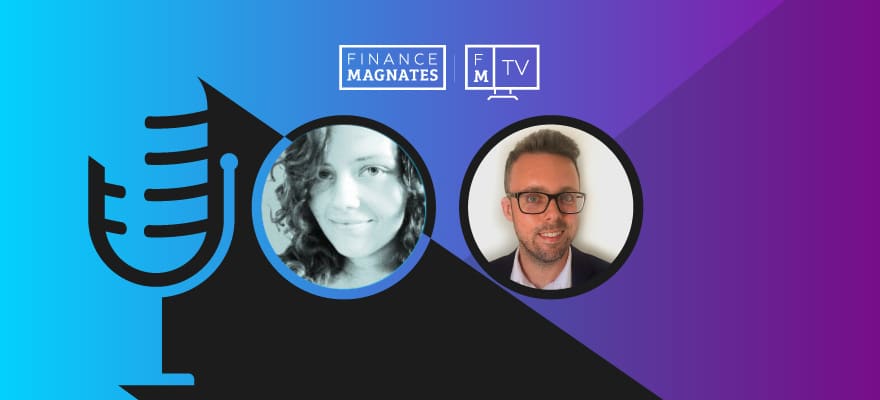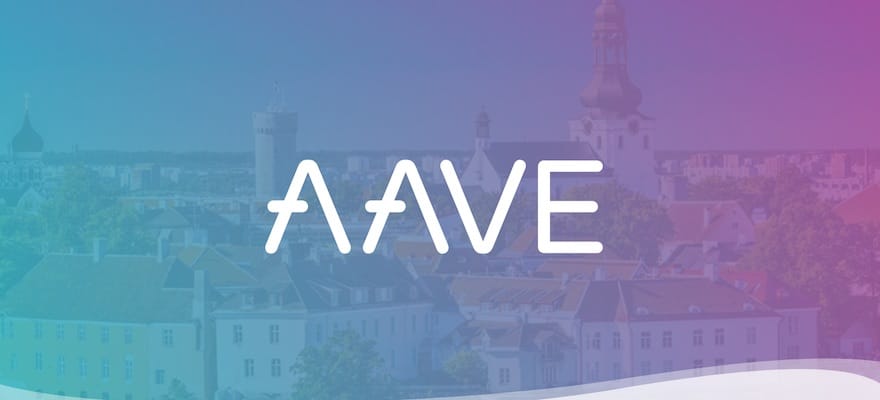“Data is the new oil,” said Ajay Banga, president and CEO of MasterCard, at the US-Africa Business Forum in 2014. He wasn’t wrong - "the five most valuable listed firms in the world” are data giants Google, Amazon, Facebook, Apple, and Microsoft. A report by The Economist in May compared calls to break up these large (and ever-growing) companies to similar calls against Standard Oil in the early 20th century.
In a partnership with more than 20 companies, including Microsoft and Fujitsu, the IOTA network has recently announced the launch of a new data marketplace. The marketplace will be powered by distributed ledger technology, and shareholders will be incentivized to securely share their data with IOTA tokens.
“We are very excited to announce the launch of our data marketplace,” said David Sønstebø, co-founder of IOTA. “This will act as a catalyst for a whole new paradigm of research, artificial intelligence, and democratization of data.”
What is IOTA?
The IOTA network (which is currently the ninth-largest crypto network in the world, according to CoinMarketCap) is a type of DLT similar to Bitcoin ’s network. The network, called the Tangle, is capable of confirming fee-less transactions, and is “infinitely scalable”, according to its website.
The network creates new blocks automatically as each transaction is processed, added to the public ledger in a non-linear fashion. Transactions can also take place off of the Tangle and be added later, making the network quite light - that is, it can be supported from mobile devices as well as computers.
The IOTA network’s light, scalable properties were designed to make the cryptocurrency an ideal machine-to-machine (m2m) means of payment; it was made to be integrated into the internet of things. Thus its name: the ‘IOT’ in IOTA stands for Internet of Things (there’s been some debate about what the ‘A’ stands for).
The data that the IOTA network will be uniquely positioned to acquire as a part of the Internet of Things (consensually, of course) will be a particularly valuable asset to tech companies who are developing more IoT-based products in the future.
The launch of the data marketplace as well as the collaborations behind it are indicative that IOTA is moving closer to adoption as a practically-used cryptocurrency. Microsoft’s Omkar Naik said that the IOTA marketplace’s “next generation technology will accelerate the connected, intelligent world and go beyond Blockchain that will foster innovation real-world solutions, applications, and pilots for our customers.”

















